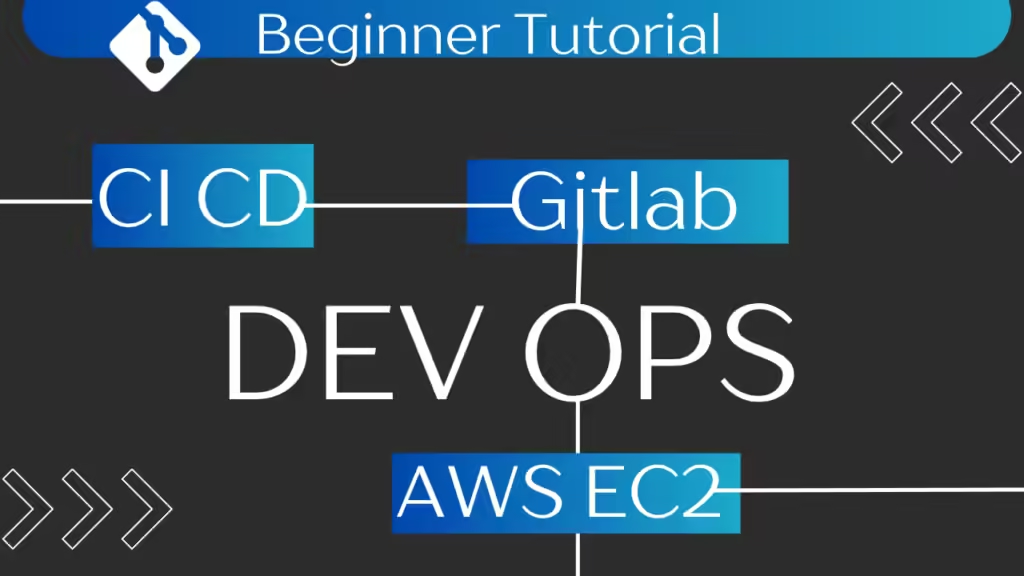Building a CI/CD Pipeline with Docker and AWS
Understanding CI/CD Pipelines
Continuous Integration and Continuous Deployment (CI/CD) pipelines are essential components in modern software development practices. These pipelines automate the process of integrating code changes, testing, and deploying applications into production environments. By employing a CI/CD pipeline, development teams can ensure that code merges occur smoothly and that applications are updated frequently and reliably. With the use of tools like Docker, developers can encapsulate their applications and dependencies into a container, which can be easily deployed across various environments, from local development machines to cloud platforms like AWS.
The strength of a CI/CD pipeline lies in its ability to provide fast, consistent, and repeatable processes. Each time code is pushed to a version control system, such as GitLab, the pipeline automatically triggers and initiates various tasks using defined scripts. This not only reduces the chances of human error but also speeds up the delivery of features and fixes, allowing developers to focus more on writing quality code instead of manual deployment processes. In this guide, we will explore how to set up a basic pipeline using Docker and AWS, laying the groundwork for effective DevOps practices.
Creating a Docker File and Pushing to GitLab
To begin building your CI/CD pipeline, the first step is to create a Docker file, which allows you to define your application environment. This file will contain the necessary instructions for building your Docker image, which encapsulates your application code and dependencies. Once the Docker file is ready, it can be pushed to the GitLab registry, serving as a central repository for your built images. The integration with GitLab provides a seamless mechanism to manage your images and automate the deployment process through the pipeline.
After successfully pushing your Docker image to the GitLab registry, the next step is deploying the image to an EC2 instance on AWS. This involves configuring your CI/CD pipeline to facilitate Secure Shell (SSH) communication between your CI/CD environment and the EC2 instance. Through SSH, you can execute commands remotely, pulling the latest image and running it on the server. This update to the web server ensures that users always have access to the latest version of your application without downtime, providing a robust solution suited for modern deployment needs.
Implementing and Running the CI/CD Pipeline
The CI/CD pipeline consists of various stages and jobs that facilitate different aspects of the integration and deployment processes. In our case, we will create a build job that logs into the Docker registry, downloads the latest image, and prepares it for deployment to our EC2 instance. It is crucial to properly configure each stage and job in the pipeline so that they execute in the correct order and handle any potential errors that may occur during the build or deployment process.
As the CI/CD pipeline runs, it will execute the defined jobs in sequence, ensuring that all necessary steps are completed. For instance, once the image is pulled from the GitLab registry, the pipeline can execute commands to stop any currently running server instances, update the application, and start a new server instance with the latest changes. This efficient workflow ultimately contributes to a more streamlined development process and allows teams to deploy updates rapidly and reliably, thus shortening development cycles and improving overall productivity.
